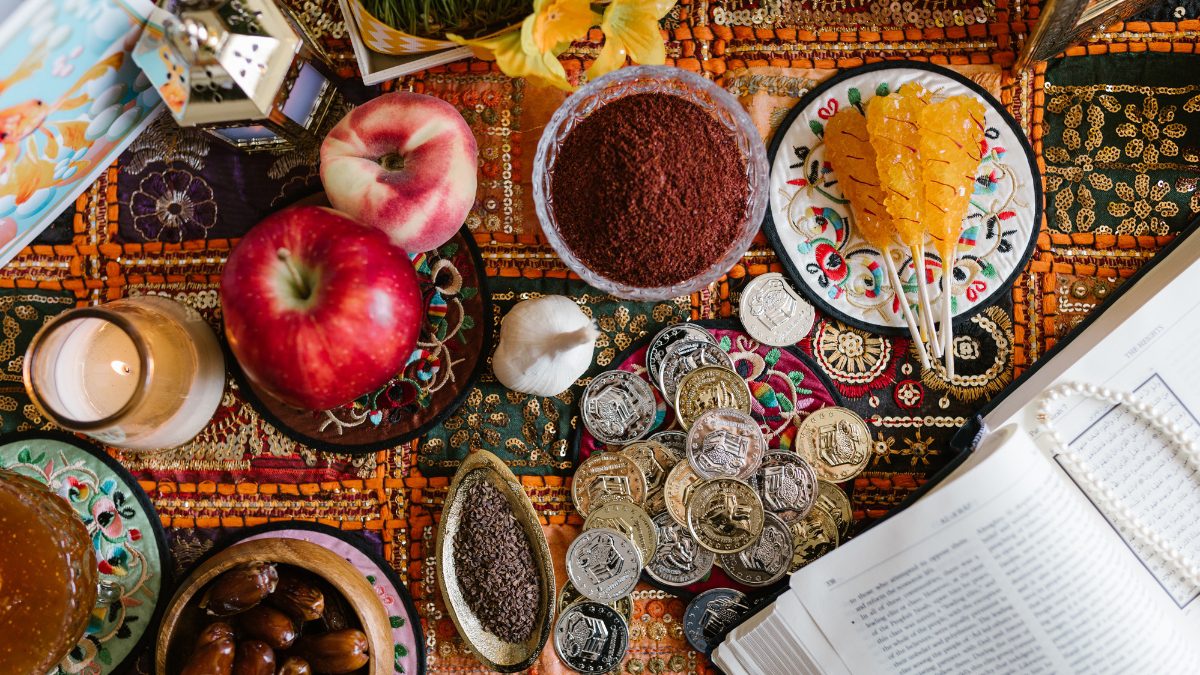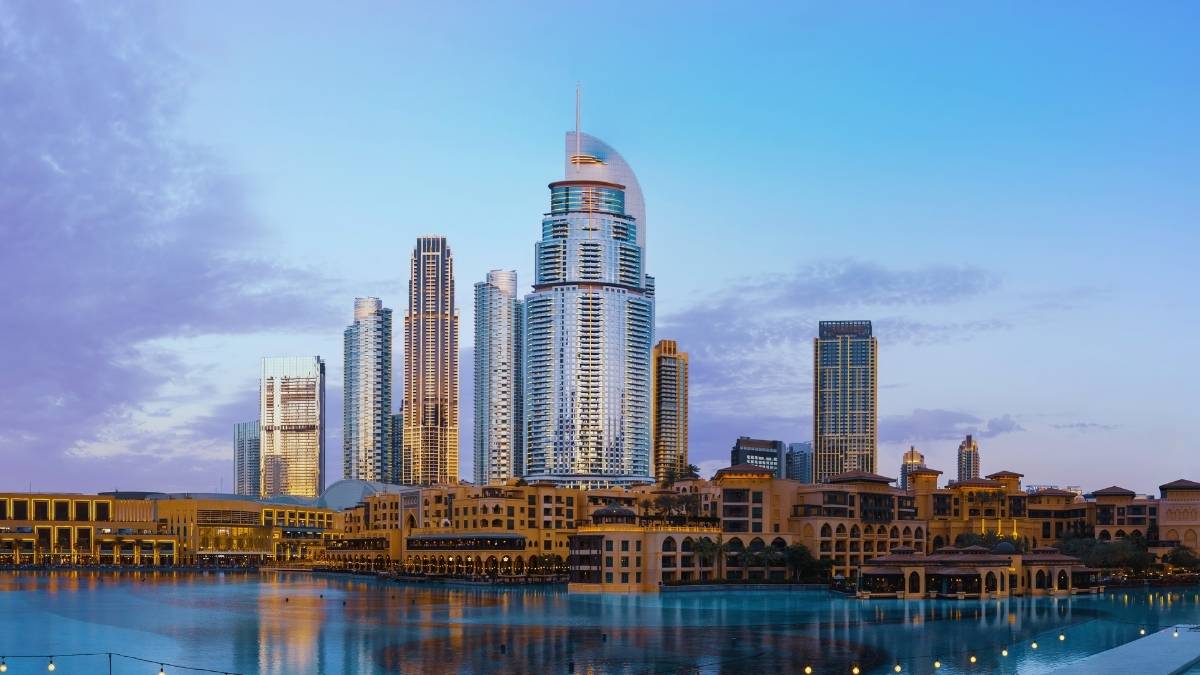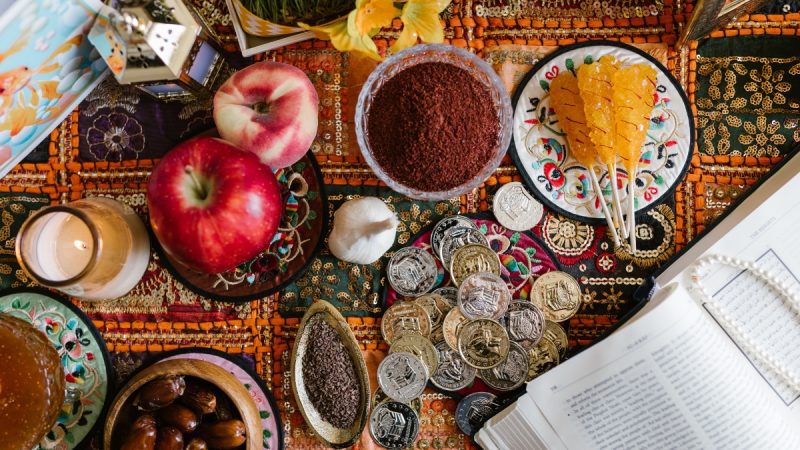Navroz, also known as Nowruz or Persian New Year, is a vibrant and ancient festival celebrated by millions of people around the world, particularly in Iran, Central Asia, and various other regions with Persian cultural influence. The word “Navroz” translates to “new day” in Persian, symbolising the beginning of the Persian calendar year and the arrival of spring. Curious about the traditions of this vibrant festival? Here’s all about it!
But First, Why Is It Celebrated?
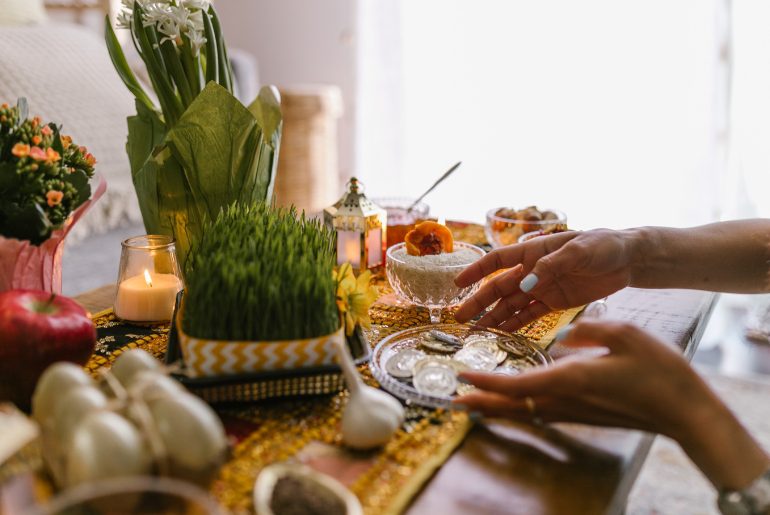
Navroz marks the vernal equinox, typically falling on or around March 21st. This year, it’s falling on March 20th, marking the end of the dark and cold winter months and the arrival of warmer weather, blossoming flowers, and the renewal of life. It holds profound cultural, historical, and religious significance for various communities, particularly those of Persian and Zoroastrian heritage. The roots of Navroz can be traced back over 3,000 years to ancient Persia, where it was celebrated as a Zoroastrian festival. The festival symbolises the triumph of light over darkness and the victory of good over evil.
Also Read: Navroz 2024: 8 Authentic Recipes To Bring The Spirit Of Parsi New Year To Your Table!
Navroz Traditions From Around The World
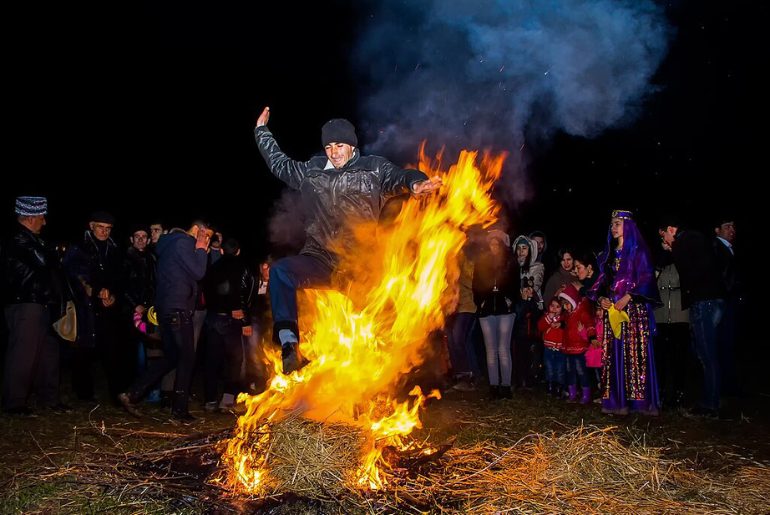
Navroz is a time of joy, renewal, and family gatherings. It is celebrated with a rich tapestry of traditions and customs that vary across different regions but share common themes of purification, feasting, and merriment. Some of the key traditions include:
The Haft-Seen Table
A central feature of Navroz celebrations is the Haft-Seen table, a colourful display adorned with seven symbolic items, each starting with the Persian letter “seen”. These items typically include sprouted wheat or lentils, apples, garlic, sumac, vinegar, dried fruits, and sweet pudding. Each item represents a different aspect of life, such as rebirth, health, and prosperity.
Spring Cleaning
Before Navroz, families engage in a thorough spring cleaning of their homes, symbolising the removal of negative energy and the preparation for a fresh start in the new year.
Chaharshanbe Suri
In Iran, on the eve of Navroz, people gather around bonfires in parks and streets to celebrate Chaharshanbe Suri or the Festival of Fire. They jump over the flames while reciting a traditional rhyme to cleanse themselves of sickness and misfortune and to bring health and happiness in the new year.
Pilgrimage To The Eternal Flame
In India, particularly in the coastal town of Udvada, Parsis, who are followers of Zoroastrianism, have a unique tradition associated with Navroz. They make a pilgrimage to the Zoroastrian Atash Behram, also known as the holy fire, which has been burning continuously for over 1250 years.
The Jashan Festivities
The Parsi community gathers at the Fire Temple after breakfast. Here, they participate in a special prayer ceremony called Jashan, during which they express gratitude to Ahura Mazda (the Lord), seek His blessings for prosperity, and ask for forgiveness for any shortcomings. During the Jashan ceremony, various offerings such as milk, water, fruits, flowers, and sandalwood are ceremoniously placed into the sacred fire.
Visiting Family And Friends
Navroz is a time for families and friends to come together, exchange gifts, and share festive meals. People dress in new clothes, visit loved ones, and offer prayers for blessings and prosperity in the coming year.
Feasting
Food plays a central role in Navroz celebrations, with families preparing elaborate feasts featuring traditional dishes and various sweets and desserts.
Gift Giving
Exchanging gifts, particularly with children, is a common Navroz tradition symbolising love, generosity, and good fortune.
Navroz is a joyous celebration of life, nature, and cultural heritage, uniting people across different backgrounds.
Cover Image Courtesy: Canva
For more such snackable content, interesting discoveries and the latest updates on food, travel and experiences in your city, download the Curly Tales App. Download HERE.

